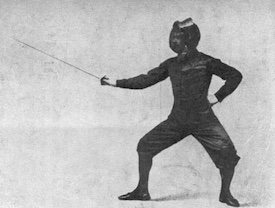So they attack the current “king of the hill”.
Incidentally, I do not see myself as the “
king of the hill” and don’t believe even thinking in those terms is either useful or healthy in a science discussion forum! It’s my job to know a lot of this stuff, so comparing me with others when it’s not their job isn’t fair on anyone, and besides, there are several here with better knowledge and/or experience of various aspects of audio. 71dB has a better understanding of the math, VNandor seems to have a very good/better grasp of at least some of the technicalities, castle has a better understanding and experience of the practicalities and issues of measuring headphones, and these are just a few examples, there are many others. I don’t think many others see me as “king of the hill” either, I think that some people just have an irrationally excessive response to their claims/assertions being challenged. Some seem especially invested in their beliefs, take a challenge to their assertions as some sort of fundamental attack on their entire existence and in some cases seem to hold that grudge pretty much forever, and will then challenge my assertions as some sort of revenge, regardless of whether there are any valid grounds to do so.
I've found an excellent writeup on the differences between sound power and sound pressure levels (and a bunch of other sound quantities as well).
When I was learning this stuff years ago, it was taught to me as “power quantities” and “field quantities”. Comparing Power Quantities such as Watts, acoustic Intensity, etc., uses the formula 10×log10(
y/
x) dB, EG. Double ≈ +3dB. While comparing Field Quantities such as electric field strength, voltage, current and sound pressure used the formula 20×log10(
y/
x) dB, EG. Double ≈ +6dB. I always found this “Power” vs “Field” quantities a useful mental differentiator, even though it isn’t always an accurate description.
It's clear that depending on a bunch of factors, such as where the microphone is placed compared to the source, how the reflective surfaces interact with the sound, and the directionality of the source, the sound pressure level measured by the microphone would drastically change while the emitted sound power level would remain the same.
This can get quite confusing because in addition, a sound pressure wave itself obviously has some energy and also of course, a speaker requires energy to produce sound, however, the relationship between these two is rarely discussed and not obvious. Firstly, in audio we don’t usually measure the energy/power contained in a sound wave, we typically measure the wave itself, the amplitude/level of its pressure. Consumers and sound/music engineers will therefore rarely, if ever, have any idea of the sound/acoustic energy they’re dealing with. Secondly, the power a speaker requires to produce a sound is vastly different to the energy the resultant sound wave contains, due to the fact that speakers are highly inefficient. So for example, a speaker using 100W of power to produce a sound will result in a sound wave that has (extremely roughly) about 1W of energy.
The above is for the benefit of others, rather than a response to you personally.
G






















